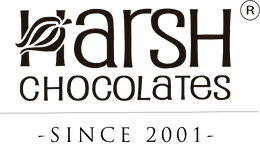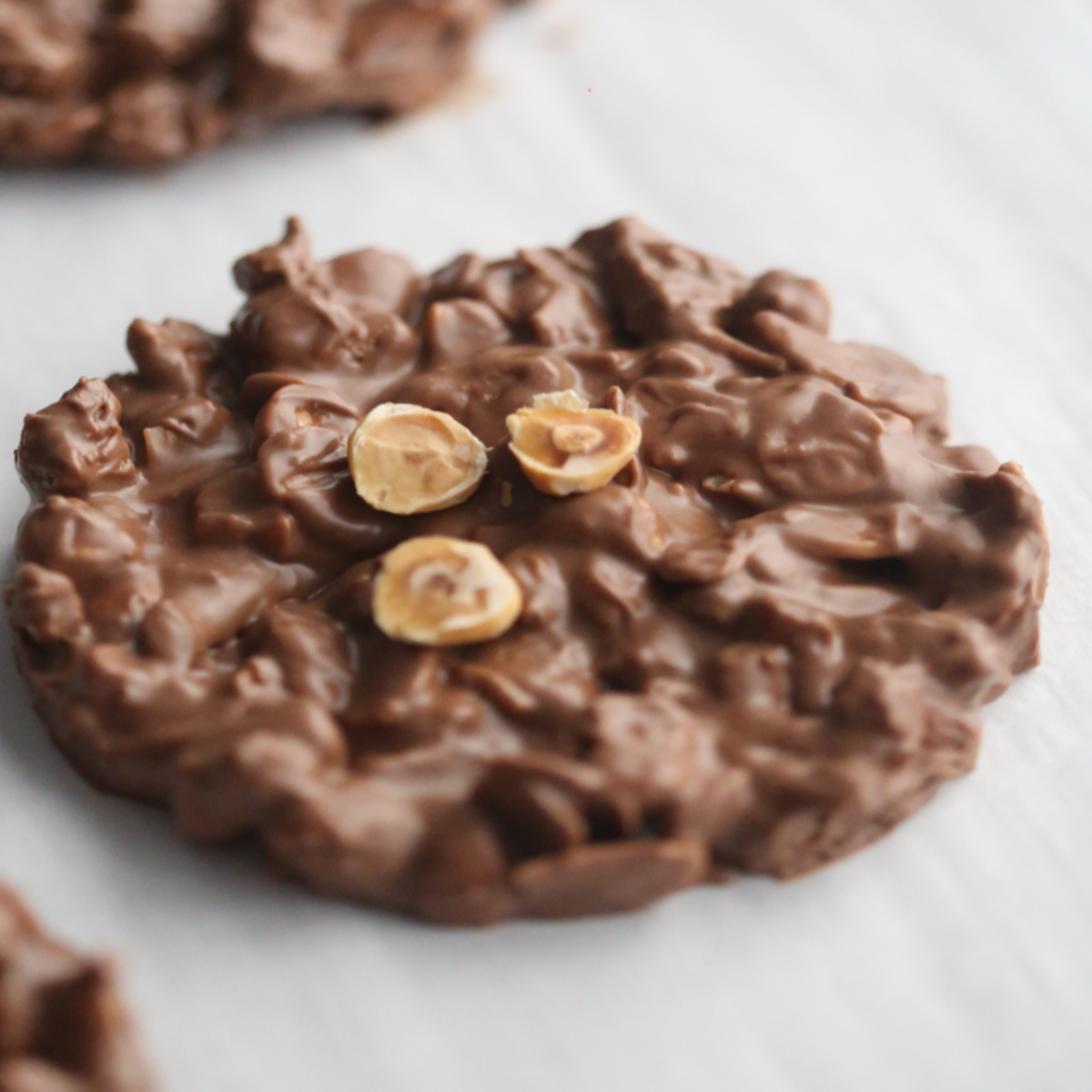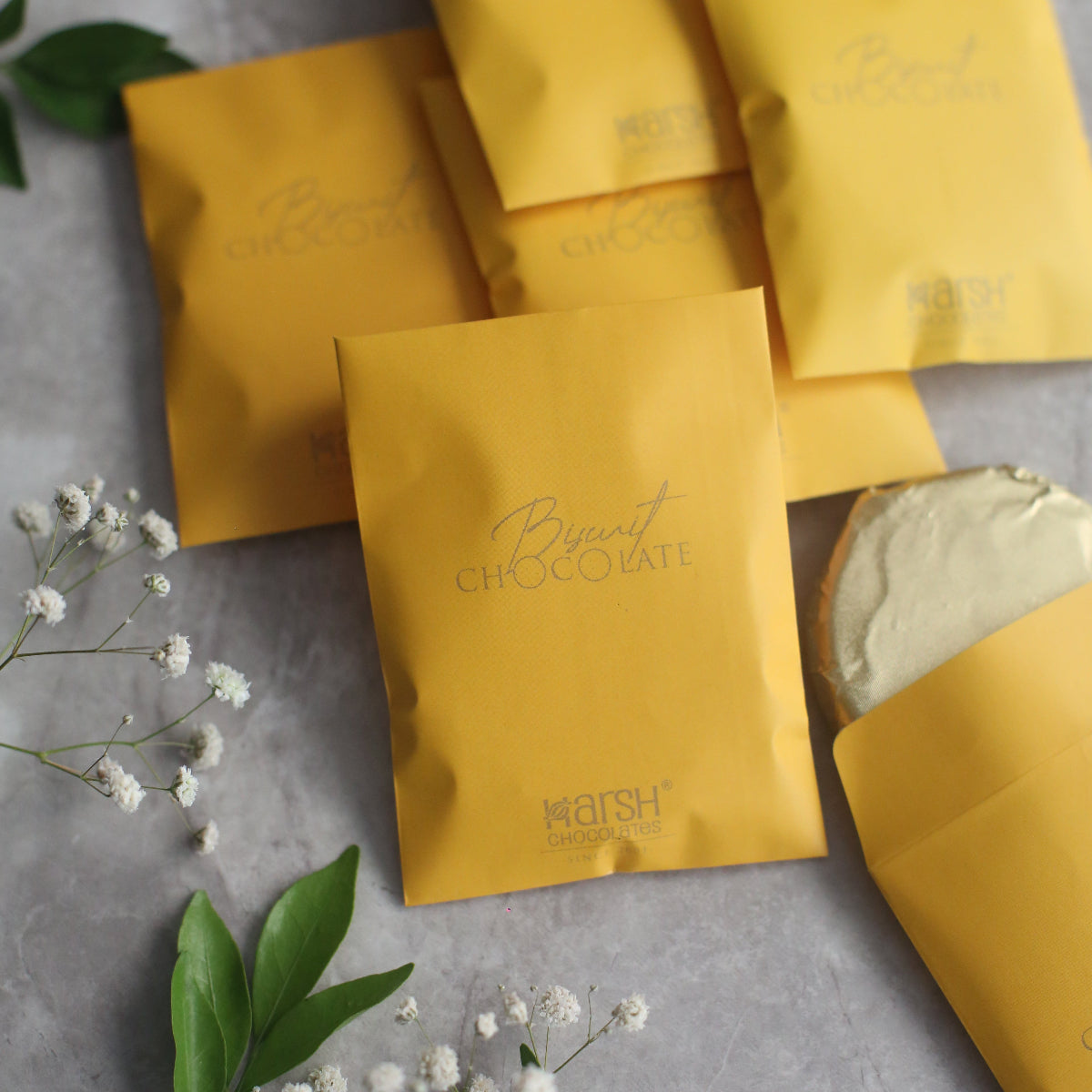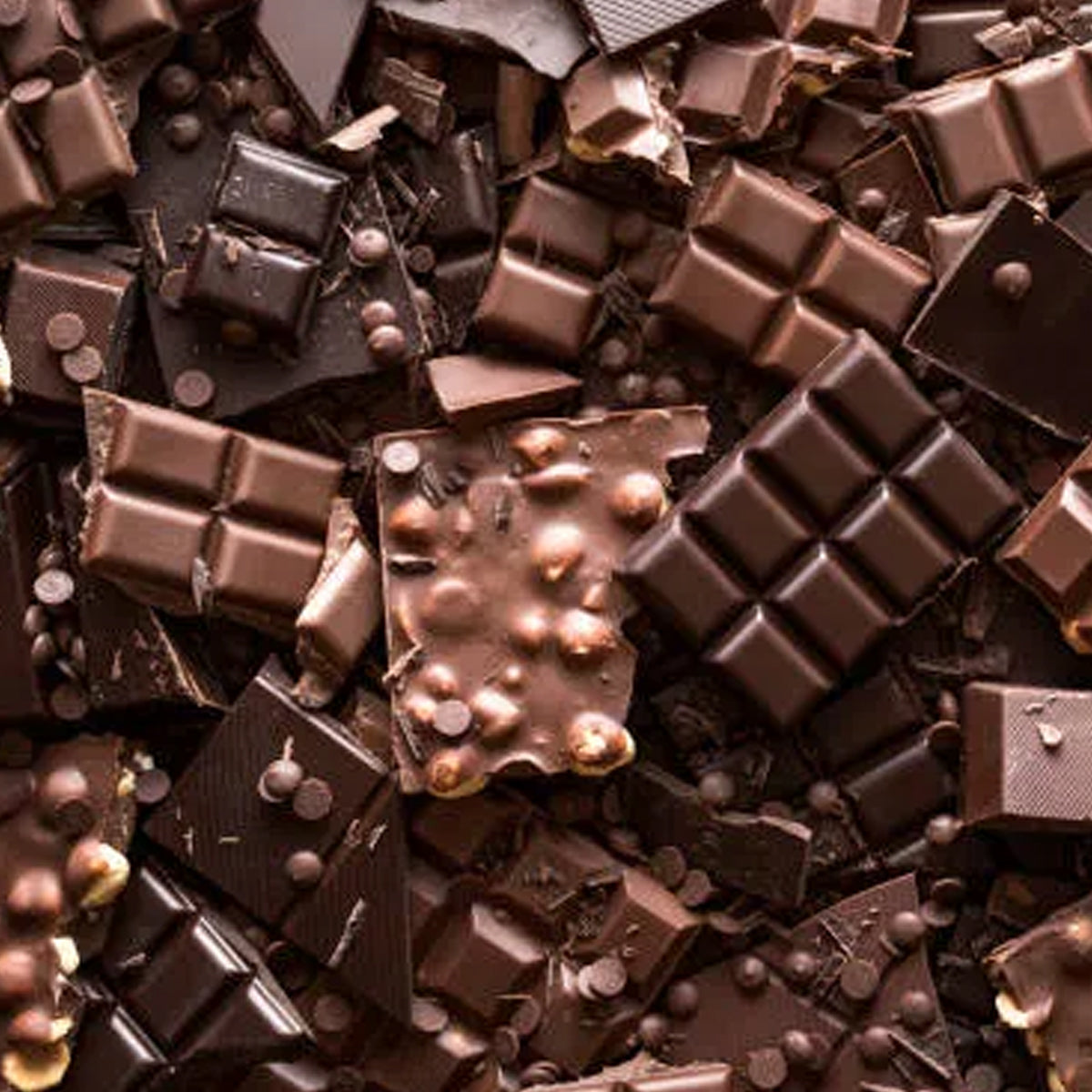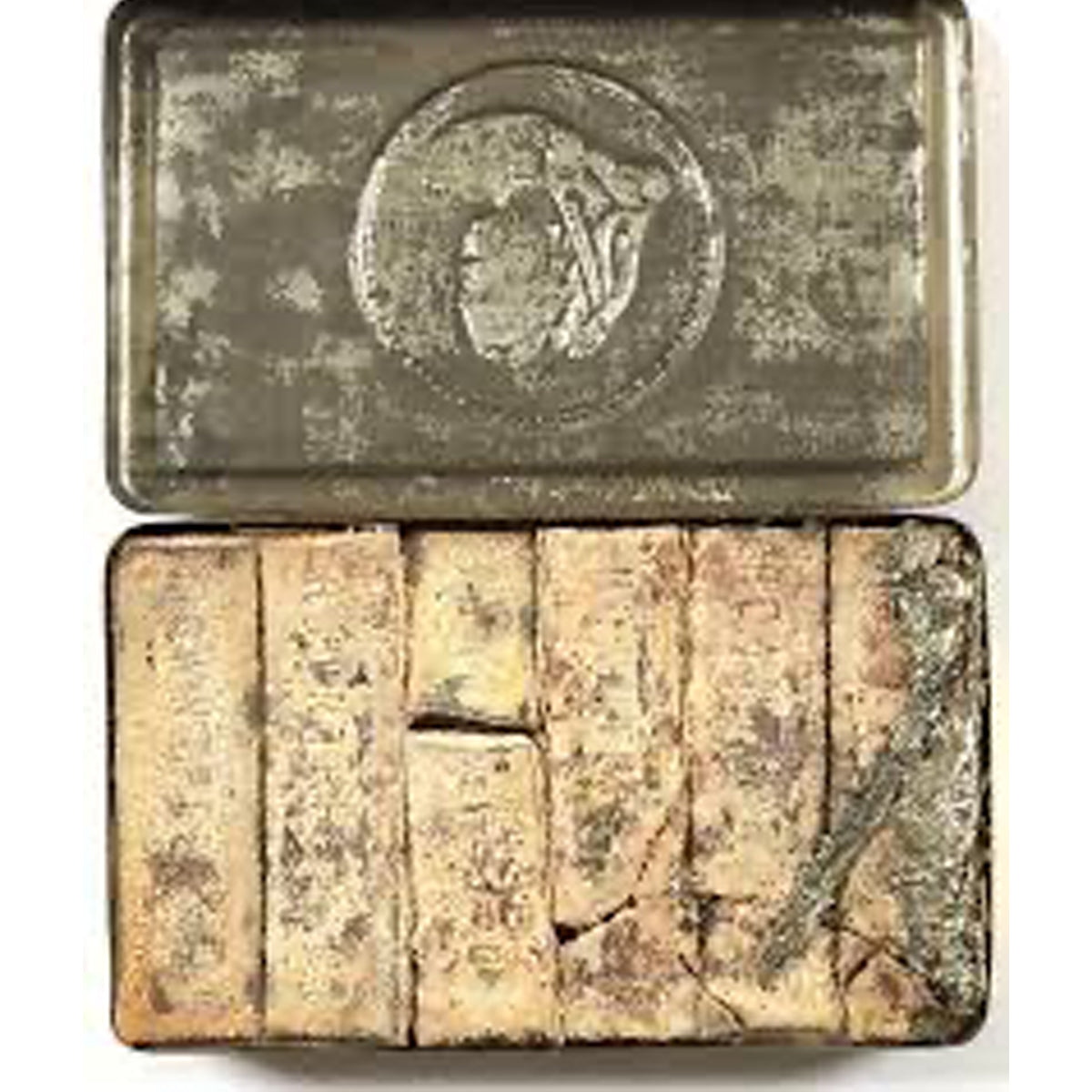These chocolate makers have set up shop in the only state—and the coldest place—that can sustain cacao plantations
/https://tf-cmsv2-smithsonianmag-media.s3.amazonaws.com/filer/ff/d4/ffd4e9cf-21e0-4223-8426-6fcb78da3b11/cacao-hawaii.jpg) Cacao trees with chocolate fruit pods on Kauai, HI. YinYang / iStock
Cacao trees with chocolate fruit pods on Kauai, HI. YinYang / iStock
Thinking of Hawaii, it's not likely that the word “cold” comes to mind. But in the chocolate industry, the state is considered the North Pole of Cacao—it’s the coldest place in the world where cacao can be grown. It's also the only state in the U.S. that can support commercial cacao production.
Cacao, which is native to South America, typically grows in humid tropical climates, within a band that stretches 10 degrees on either side of the equator, where temperatures range from 65 to 90 Fahrenheit. Hawaii, though, sits about 20 degrees north of the equator, right at the extreme edge of tree's range.
The cooler temperatures offer growers some advantages, such as fewer pests than other parts of the world, but also require special growing and processing techniques. Nat Bletter, co-owner of Honolulu-based Madre Chocolate, told Smithsonian.com that one major difference is the way the cocoa fruit must be treated after harvest. All cocoa beans need to be fermented in order to bring out their chocolate flavor. During the fermentation process, enzymes and microbes like yeasts convert sugars in the pulp into acids and ethanol, changing the chemical composition, and therefore the taste, of the beans. The process requires warm temperatures, and in Hawaii, where winter nights can dip down into the 60s, producers must use insolated containers and sometimes add additional heat and sugars to get the best flavors. Bletter said it takes five to ten days to ferment the beans, significantly longer than anywhere else in the chocolate-producing world.
Keep in mind, of course, that cacao farming isn’t exactly a bastion of Hawaiian culture. The plants aren’t native to the islands. According to the Hawaii Chocolate and Cacao Association, the first documented cacao plant in Hawaii was a Guatemalan import that grew in King David Kalakaua's gardens in the 1830s. Cacao was introduced again in the 1850s when a German physician William Hillebrand planted trees in the modern-day Foster Botanical Garden in Honolulu. Experimental cacao farms spread across the islands, and during World War I shipping disruptions sent cocoa prices soaring. But when prices dropped back down, interest in the crop waned. Things began to pick up again in the 1980s and 1990s. Backed by Hershey Chocolate Co., a former Chicagoan named Jim Walsh moved to Hawaii in 1986 and planted 18,000 cacao trees with imported plantings from Belize and the Philippines. Although ultimately unsuccessful, Walsh's venture spurred on a new generation of small-scale growers and craft chocolatiers who hope to someday make Hawaii as synonymous with chocolate as Napa Valley is with wine.
A number of plantations and farms in Hawaii now offer tree-to-bar tours. While some manufacturers grow their cacao on other farms throughout the islands, several have everything on their own property, including the plantation, processing facilities, a shop and, of course, taste-testing opportunities. Looking to sweeten up a Hawaiian vacation? Here's what to expect at these six locations:
Original Hawaiian Chocolate, Kailua-Kona, HI
As their name suggests, Pam and Bob Cooper were one of the first operations to pop up in the late 1990s, offering artisanal, single-source chocolate grown on Hawaii and processed in their ocean-view factory located on the side of Hualalai Mountain. One-hour orchard and factory tours, offered Wednesday and Friday mornings at 9:00 am and 11:00 am, show visitors every step in the chocolate-making process. Tickets are $17.00 per person and children under twelve are free.
Kuaiwi Farm, Captain Cook, HI
Kuaiwi Farm farms, a five-acre certified organic farm located on Hawaii's Big Island, grows a variety of crops including Kona coffee, macadamia nuts, avacados, pinapples, tea, and, of course, cacao. The farm offers two-hour tours every day of the week (adults tickets are $20; kids under five are free), and choclate candy-making classes that include unlimited tastings ($45).
Garden Island Chocolate, Kilauea, HI
Dark chocolate lovers, this is the tour for you. The North Shore of Kauai-based operation only produces chocolate with a cacao percentage of 85% or more. Three-hour chocolate tours, which include "extensive" tastings of over 20 different types of chocolate, are offered Mondays, Wednesdays and Fridays at 9:30 am. Tickets are $75 for adults, $29 for kids 4-12 and free for kids under 3.
Garden Island also offers 6-hour chocolate making seminars and volunteer opportunities on the farm.
Hawaiian Crown, Hilo, HI
With origins as a pineapple nursery, Hawaiian Crown has since expanded into cacao, as well as other produce such as apples, bananas, macadamia nuts and coffee. The 110-acre farm, located near a towering waterfall outside of Hilo on the Big Island, boasts over 1,000 cacao trees. Guided, one-hour walking tours of the cocoa, apple and banana orchards, as well as the chocolate-making machinery, are offered three days a week. Chocolate bars, European-style drinking chocolate, brownies and chocolate dipped frozen bananas can be purchased at their small shop. (Tour prices: Adults are $15: kids under 10 are $5.)
Hana Gold, Hana, HI
Hana Gold is a family-run chocolate farm and factory on Maui. The cacao plantation is located on the scenic Hana Coast in the shadow of the Haleakala Volcano. Orchard tours are offered Monday through Saturday by appointment at 2 pm. Tickets cost $25 for adults; kids 14 and under are free.
Steelgrass Farm, Kauai, HI
The three-hour tour of the Lydgate family's eight-acre farm starts with a fruit tasting tour of the garden and orchard. Visitors are invited to sample Tahitian lime, sugar cane, lychee, soursop and watermelon radish, among other delights, depending on what's in season. Next, the tour moves to the cocoa orchard, where, when ripe, chocolate pods can be opened and sampled right from the tree. If raw cacao isn't your thing, just hold off for the 11-course dark chocolate tasting. Tours are offered Monday through Friday at 9:00 am. $75 for adults; kids under 12 are free.
Recommended Videos
The Volcanoes of Hawaii
Hawaii was born around 40 million years ago, from sea volcanoes and the shifting Earth.
